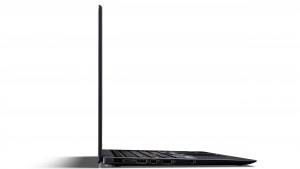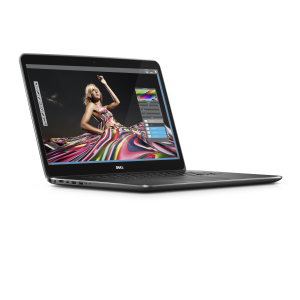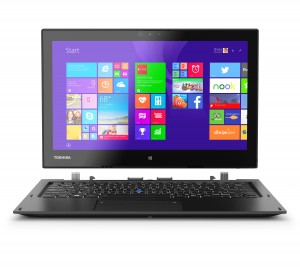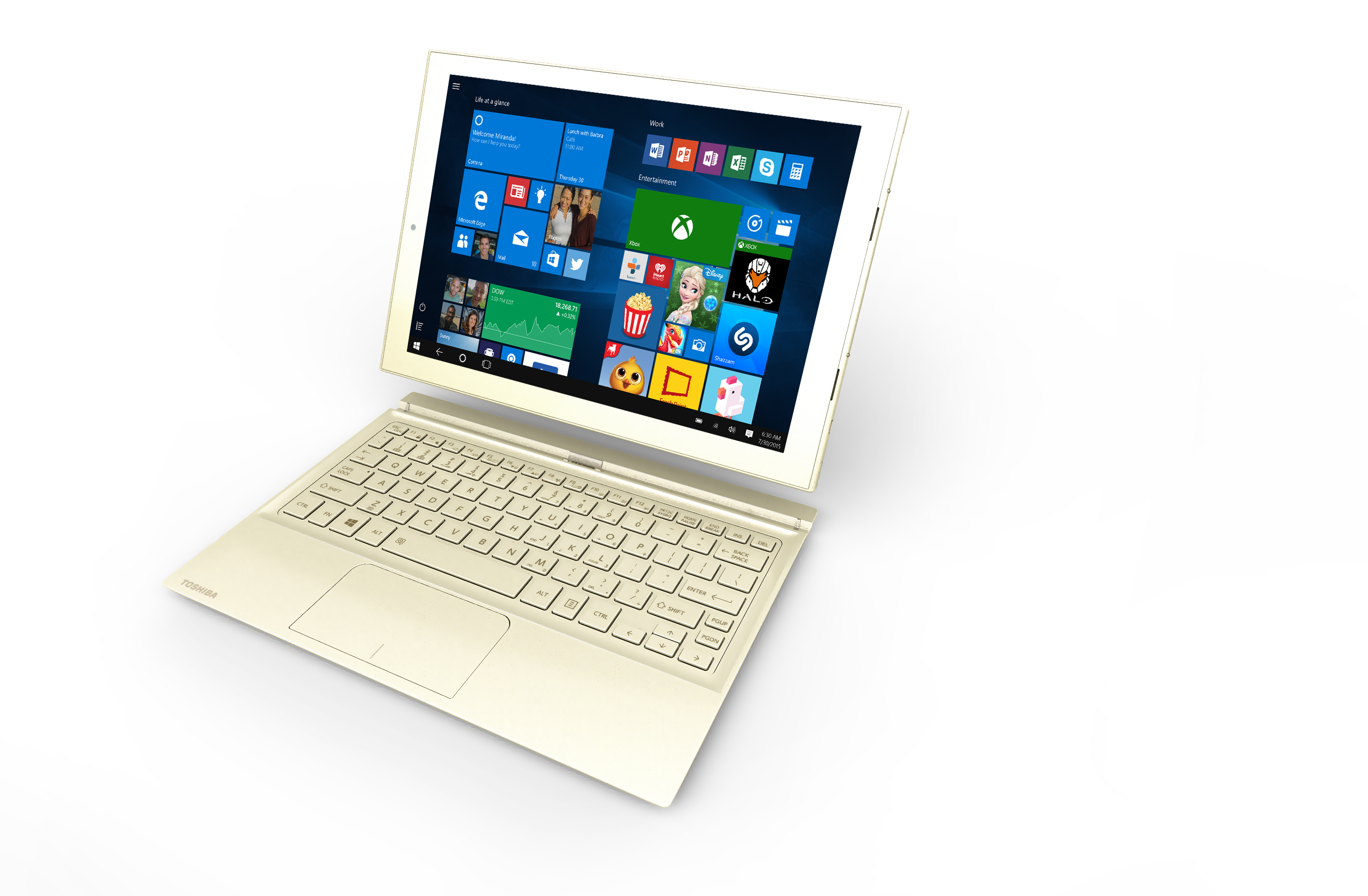No sooner than the Christmas shopping season is upon us that the hype machine for the Consumer Electronics Show starts to warm up. This is where the Internet is awash with rumours about what hot gadgets will be shown in Las Vegas during the first week of January.
This year, it is becoming the place to even show household appliances in a similar vein to what is happening in Europe when the Internationaler Funkaustellung takes place in Berlin during the first week of September. But certain technologies are being considered key drivers at this show such as more of 4K UHDTV including more content for this ultra-high-resolution technology, the Internet Of Everything being more pervasive with an increase in the number of gadgets that link to the Internet or our smartphones, along with highly-converged personal computing.
A key issue that will be worth remembering through this year’s Consumer Electronics Show is how Sony has come out of its recent massive cyber-attack that nearly crippled Sony Pictures. The President of Sony Corporation, as part of the press conference, ran a speech about not caving in to that attack especially where it concerned “The Interview”. He was underscoring the key factors of freedom of speech, freedom of expression, and freedom of association as being very important lifebloods and lifelines of Sony and their entertainment business. For me, it was very much like Winston Churchill’s “We Shall Fight On The Beaches” battle speech given to the UK Parliament on June 4 1940 during World War II with these memorable lines:
“…. we shall fight on the beaches, we shall fight on the landing grounds, we shall fight in the fields and in the streets, we shall fight in the hills; we shall never surrender…..
Personal Computing
It is hard to split apart the different classes of personal computing devices what with the “2-in-1” convertibles and detachables becoming a major part of manufacturers’ lineups while smaller tablets have the computing abilities of even low-end laptops. Some of these even run Windows or Android or even can boot between both operating systems. This is why I have classed them together as one heading because of the way the CES hype machine was coming up with these machines.
As well, it is coming to the point where a household will have multiple computer devices at different screen sizes and for different uses. For example a “2-in-1” convertible or detachable computer could serve as one’s highly-portable auxiliary computer whereas a 7”-8” tablet could become a personal reference device or a smartphone becomes your main communications device.
An example of this is NVIDIA with their Tegra X1 ARM processor which is able to achieve a 1 teraflop throughput and work with 4K video at 60Hz. Sony had put in to the CES hype machine the idea of a 12” Android tablet that can work at 4K resolution.
Lenovo have refreshed most of their computer lineup like the Thinkpad X1 Carbon carbon-fibre-built Ultrabook. Their new equipment will be more slimline and there will be a new solid-state-drive-only Ultrabook in the form of the T450S. They have also built up a range of Ultrabook accessories that are designed to stack like Lego bricks such a an external battery pack, expansion module (docking station) and an external hard disk.
Dell have released a negligable-bezel XPS 13 Ultrabook and an ultra-slim Venue 8 7000 coat-pocket Android tablet. This implements multiple-camera depth-sense technology along with, guess what, an OLED screen which I would expect to be a treat for your social-media pictures or what you took with your camera.
The “two-in-one” convertible or detachable computer is still alive with the Jide which is an 11” Surface-style tablet along with Toshiba’s Satellite Click Mini which is an 11” netbook-style detachable. Toshiba also released the Portégé Z20t which is a 12.5” 2-in-1 detachable pitched at the business user and is driven by the Intel Core M technology.
They are still pushing on with smartphones with Acer fielding the Liquid Z410 Android low-cost unit with 4.5” screen. Yezz is even pitching to the Windows Phone platform with the Billy S5 LTE model. The old dogs of consumer photography are vying for each other’s existence in the digital world through Kodak and Polaroid offering Android smartphones with Polaroid’s phone, a badge-engineered Oppo N1, known as the “Selfie” to court the selfie-taking craze. As well, ASUS have released the ZenFone Zoom which is the first smartphone to implement optical zoom in their rear camera. This Android phone also implements a 13-megapixel sensor and optical stabilisation on that camera.
But the steal of the show is the LG G Flex 2 which is the first curved smartphone to get some real market traction. This sexy number implements a 5.5” Full HD OLED screen and is more durable than most flat phones. It is equipped with Gorilla Glass and a self-healing case that keeps looking anew. But it uses Snapdragon 810 64-bit horespower with 2Gb RAM and 32Gb storage infinitely expandable by microSD cards. The camera implements laser-assisted auto focus and it runs Android 5 Lollipop. But do I see it knock Apple, HTC and Samsung off their perches when it comes to premium smartphones – if it becomes the next thing in cool.
In the next post, I will be looking at the trends for wearable technology and the Internet Of Everything





